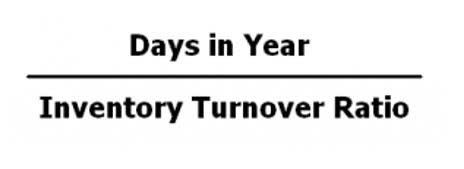
Because the payroll costs led directly to the revenue generated by selling the teacups, Sippin Pretty should expense the payroll costs in the current period. Two examples of the matching principle with expenses directly related to revenue are employee wages and the costs of goods sold. The matching principle (also known as the expense recognition principle) is one of the ten Generally Accepted Accounting Principles (GAAP). A company acquires production equipment for $100,000 that has a projected useful life of 10 years. It should charge the cost of the equipment to depreciation expense at the rate of $10,000 per year for ten years, so that the expense is recognized over the entirety of its useful life.
A deferred expense (prepaid expense or prepayment) is an asset used to costs paid out and not recognized as expenses according to the matching principle. Accrual, on the other hand, is when you recognize assets and liabilities as soon as they are incurred regardless of when cash payments occur or when cash receipts are received. If you are stuck on this point, then it may be worth reviewing the accrual accounting definition and example.
Our Services
Accounting principles are rules and guidelines that companies must abide by when reporting financial data. Whether it’s GAAP in the U.S. or IFRS elsewhere, the overarching goal of these principles is to boost transparency and basically make it easier for investors to compare the financial statements of different companies. Comparability is the ability for financial statement users to review multiple companies’ financials side by side with the guarantee that accounting principles have been followed to the same set of standards. The second aspect is that all expenses incurred by the business, enabling it to provide the service, should be duly accounted for in the income statement for the period in which the credit for the fee is taken.

What would become the American Institute of Certified Public Accountants (AICPA) and the New York Stock Exchange (NYSE) attempted to launch the first accounting standards to be used by firms in the United States in the 1930s. When accounting principles allow a choice among multiple methods, a company should apply the same accounting method over time or disclose its change in accounting method in the footnotes to the financial statements. The matching principle requires that expenses should be matched to revenues earned during an accounting period. In other words, the earnings or revenues and the expenses shown in an income statement must both refer to the same goods transferred or services rendered to customers during the accounting period. Many expenses are recorded when incurred but must be properly matched with revenues. Adjusting entries reallocate these expenses to the period in which the related revenue is recognized.
© 2013-2022 Meru Accounting. All Rights Reserved.
Mary Girsch-Bock is the expert on accounting software and payroll software for The Ascent. However, you don’t want to expense the entire amount in the month of January, since it will overstate expenses in January, while understating them for the subsequent months. IFRS is a standards-based approach that is used internationally, while GAAP is a rules-based system used primarily in the U.S.
- If the revenue and cost of goods sold are increasing inconsistently, then neither of these two-figure probably have some problem.
- This journal entry displays the rent expense for the month, while reducing the prepaid rent account.
- It shares characteristics with accrued revenue (or accrued assets) with the difference that an asset to be covered latter are proceeds from a delivery of goods or services, at which such income item is earned.
- In such a case, the marketing expense would appear on the income statement during the time period the ads are shown, instead of when revenues are received.
- The matching principle is a fundamental accounting concept that requires expenses to be matched with related revenues in the same reporting period.
- When a company purchases equipment, the matching principle requires spreading out the cost over the equipment’s useful life rather than expensing the full cost upfront.
Imagine that a company pays its employees an annual bonus for their work during the fiscal year. The policy is to pay 5% of revenues generated over the year, which is paid out in February of the following year. The first journal entry is made to record the initial rent payment in the amount of $15,000. Instead of expensing this directly to rent, you will record it as prepaid rent. Business expense categories such as prepaid expenses use the matching principle in similar fashion as depreciation.
Matching Principle – Excel Model Template
One of the benefits of using the matching principle is financial statement consistency. If revenues and expenses are not recorded properly, both your balance accounting matching principle definition sheet and your income statement will be inaccurate. Proper revenue recognition and expense matching are critical for accurate financial reporting.
- Generally accepted accounting principles (GAAP) are uniform accounting principles for private companies and nonprofits in the U.S.
- The alternative is reporting the expense in December, when they incurred the expense.
- It may not be able to track the timing of the revenue that comes in, as customers may take months or years to make a purchase.
- In this case, they report the commission in January because it is the payment month.
- Because the payroll costs led directly to the revenue generated by selling the teacups, Sippin Pretty should expense the payroll costs in the current period.
